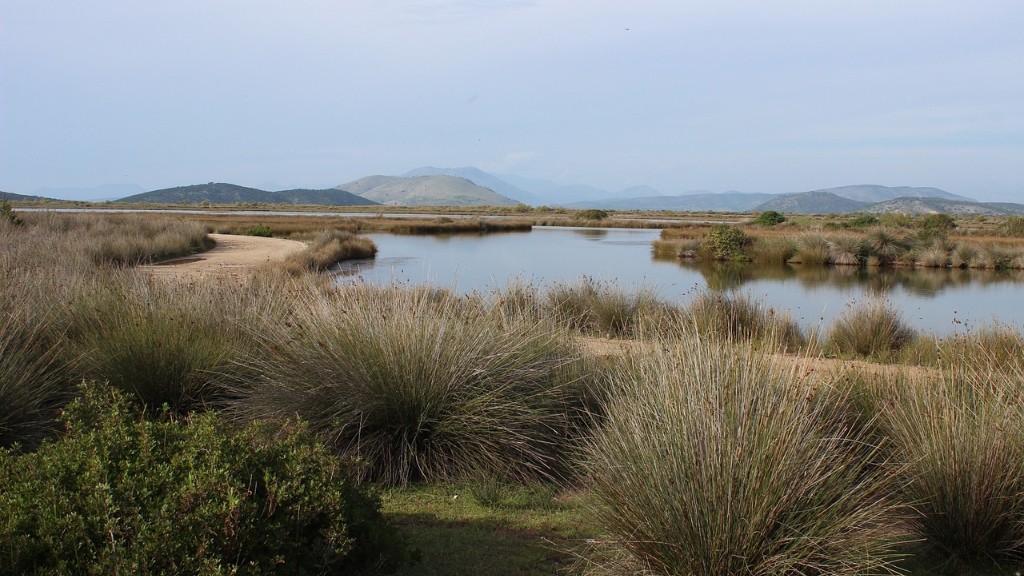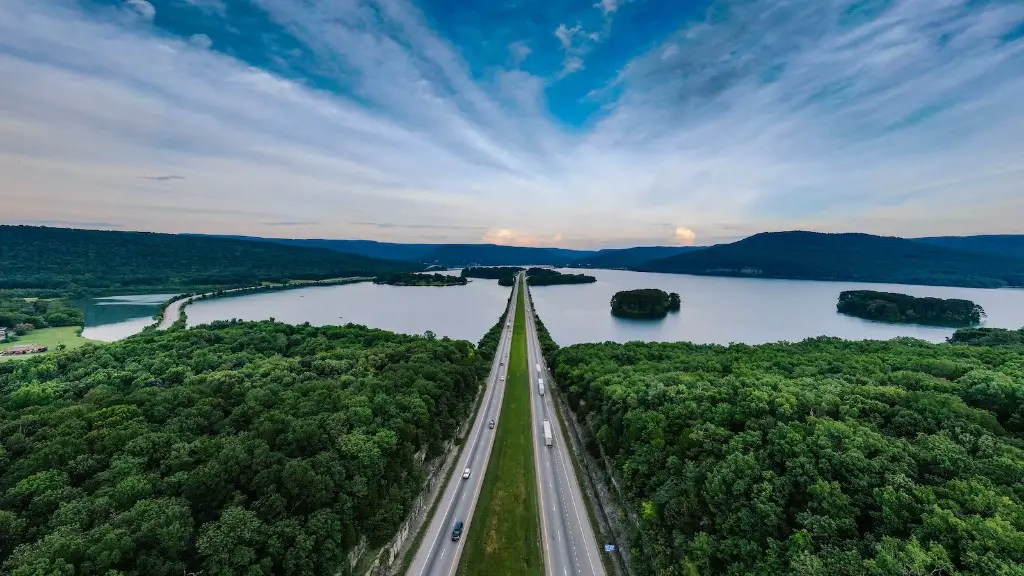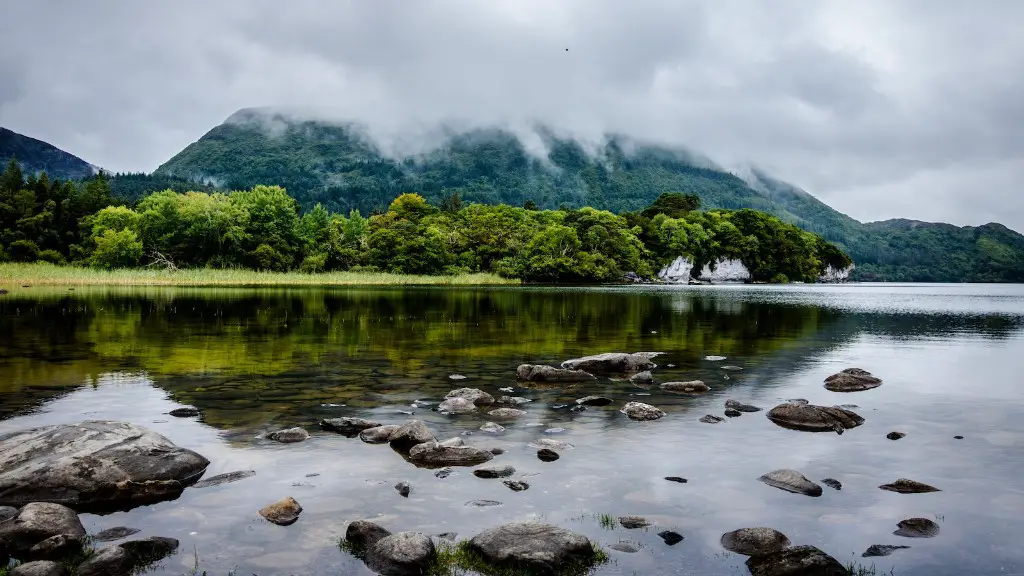When studying the world’s longest rivers, it pays to remember that determining the exact length of a river can be a highly contested endeavour. Factors such as fluctuations in water levels, subtle meandering of river courses, and changes in available technology can mean that even the ‘same’ river can be measured to different lengths.
For millennia, the Amazon and the Nile have remained two of the world’s most iconic and impressive river systems, standing alongside the likes of the Yangtze and the Mississippi. As a result, determining which of these mighty waterways is the longest has long been argued over by geographers and scientists.
Disputes about river length began in the 18th century, and it wasn’t until the mid-19th century that the measurements of the Nile and the Amazon were published, supposedly establishing the answer to this centuries-old question once and for all. According to the data, the Nile is the longest at 4,132 miles, whilst the Amazon is ‘only’ 4,000 miles, over 15% shorter.
However, the answer isn’t as certain as it seems. Recent measurements taken in the 1980s have suggested that the Amazon is actually longer than the Nile, growing to as much as 4,800 miles, a full 800 miles longer than the accepted figure. This would make the Amazon the obvious choice as the world’s longest river – but why have these discrepancies been overlooked until now?
The answer largely comes down to technology. With the advances in available instrumentation, scientists have been able to measure with greater accuracy the extent and shape of rivers at different thermals of their water levels. This has ultimately changed the results; for example, for the first time, surveyors were able to accurately map the braids in the Amazon system, counting them all as part of the overall length.
In light of the new data, some experts have argued that it no longer makes sense to discuss river lengths as a single stat; rather, they suggest examining the geographic extents of each river system, so that the entirety of the Amazon’s tributaries, for example, can all be added together to provide a more accurate reading.
In fact, the debate about which river is the longest could be considered pointless; due to the effects of thermals and changes in drainage systems, these ‘longest distances’ are subject to flux and can even alter from season to season. There is no guarantee that any one measure will prove accurate for long.
Impact of Longest River
Although it is an intriguing fact, whether the Amazon or the Nile is the longest river should not actually impact the lives of people living up or down stream. Rather, a far greater factor in their lives is the hydrologic power of the river, which is determined by the extent of their basin or area of influence. The Amazon is incredibly powerful, with almost the entire South American continent falling in its rain shadow, whilst the Nile transports and irrigates the arid lands of the eastern Mediterranean.
The impact of a river’s length should also be considered in a global context. For instance, the Nile acts as a major link between not only the African and European continents but also global cultures and economic systems; this length allows such an expansive network to exist, connecting in a way that rivers of lesser length simply cannot.
In the same vein, the length of the Amazon is essential for ecosystem services that extend far beyond the body of water itself. As a result of its dimensions, for example, the Amazon River basin is considered one of 33 global biodiversity hotspots, whilst the vast extents of its rainforest also help to regulate global climate.
Ultimately, the length of the river itself is not nearly as important as its network of power and impacts on life. Although the answer to this centuries-old debate has yet to be firmly resolved, it is clear that both the Amazon and the Nile can claim the title of longest river in their own right.
Means of Measuring a River
Measuring the length of a river is not as simple as travelling along its course and noting the miles endured. Many factors, including meanderings and seasonal water fluctuations, need to be taken into consideration. To accurately measure a full river system, scientists employ ‘sinuous length’, a method of calculating length taken over a series of coils and curves.
Using this calculation, the length of a river is determined by dividing the area to be measured into a series of straight lines, and totalling the sum of those lines. This can be done in the field by using theodolites, or surveyors’ axes, before transferring the data to a computer for graphing.
This method of measurement was first tried experimentally in the late 19th century in an effort to accurately measure river length for the first time. It was then quickly adopted by surveyors as the official method of measuring all waterways.
The success of the technique primarily comes down to the accuracy of its calculations. Based on a surveyor’s estimates, a long GPS surveying strip can take up to 30% less time – and save a huge amount in costs – than the traditional method of simply taking steps. The improved efficiency of sinuous length is one of the reasons why modern-day measurements of river length can differ so drastically from ancient estimations.
History of the Amazon and Nile Rivers
The Amazon and the Nile have long been part of the stories of their respective regions. As early as records can go back, the two rivers have inspired legends and been romanticised in local legend.
The Nile’s role in ancient Egyptian mythology is well-known; the river was not only considered a life source, but also a divine force in and of itself. To this day, the banks of the river are filled with sacred sites and monuments – a testament to its importance in human society.
Meanwhile, the Amazon flows through the rainforest of South America; its presence is said to nurture life, providing sustenance and sustenance for local populations. The river has been worshipped by indigenous people for centuries, and to this day remains the spiritual heartbeat of the jungle.
Although the Amazon and the Nile occupy vastly different regions, they have a shared history of being beacons of life and sources of mystery. In this sense, their long-running rivalry for the title of longest river is perhaps the perfect encapsulation of the life-giving power of each of these amazing rivers.
People of the Amazon and Nile Rivers
The banks of the Amazon and the Nile are home to thousands of people, dependent on the river for their livelihoods. Many of these people rely on fishing or farming to sustain themselves, while still others use the waters or the habitats around them for other activities, such as trade or travel.
Along the Nile, communities are clustered in small settlements, where the rhythm of life is dictated by the patterns of the river. Here, fishing, duck farming and animal rearing are key sources of income. Life is slow and tranquil, centred around the river which provides the blood of their existence.
Meanwhile, villages along the Amazon are perched above the flood plain, where the soil is far better for agriculture. These areas are hard to reach, as the extents of the river system are so vast. Nonetheless, the river is centrally essential for survival within them; it is a lifeblood, a highway, a food store.
For these communities, the Amazon and the Nile provide not just the necessities for life, but also a sense of purpose. In their presence, a connection to the past can be felt, with the two rivers bound by centuries of the stories, beliefs and livelihoods of the people who depend on them.
Role of Longest River in International Relations
Given the long length of both rivers, the rivalry between the Nile and Amazon has also extended to international politics. Egypt and Brazil, the countries through which the Nile and Amazon respectively run, have contested the title of longest river in an effort to build political power over its geographical extent.
For many years, Egypt used the purported title of longest river to solidify its power around the Mediterranean, allowing it to play a prominent role in international politics. In the same vein, Brazil has used the debate to increase its presence within South America, promoting the might of the Amazon and its potential to be a life source for many.
What’s more, the attempts of both countries to prove the supremacy of their river has led to a sharing of resources that would never have normally occurred. For instance, in recent years Egypt and Brazil have exchanged hydrographic data in an effort to gain a better understanding of the data discrepancy surrounding their respective rivers.
Ultimately then, not only has the debate about the world’s longest river been an entertaining one, but it has also proven to facilitate a level of cooperation between competing countries. This speaks to the power of the Nile and Amazon, both demonstrating the potential of these great waterways to bring people together.





